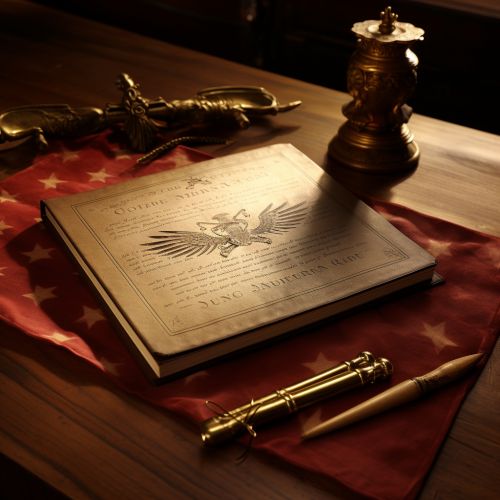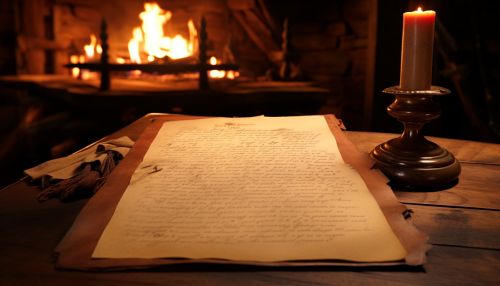Articles of Confederation
Background
The Articles of Confederation were the first constitution of the United States, in effect from March 1, 1781, until 1789 when the present day Constitution of the United States was ratified. The Articles were drafted by the Continental Congress during the early stages of the American Revolutionary War. The need for a strong central government was felt after the United States declared independence from Great Britain on July 4, 1776.


Drafting and Ratification
The drafting of the Articles of Confederation was a long and contentious process. The Continental Congress began drafting the Articles in June 1776, following the outbreak of the Revolutionary War. The draft was prepared by a committee headed by John Dickinson, a lawyer and politician from Pennsylvania. The draft was debated for over a year before it was sent to the states for ratification in November 1777.
The ratification process was also lengthy and contentious. The Articles required the approval of all thirteen states, but some states had reservations about the proposed government structure. The last state to ratify the Articles was Maryland, which finally gave its approval on March 1, 1781.
Structure and Content
The Articles of Confederation consisted of a preamble and thirteen articles. The preamble declared the states to be "sovereign" and "independent" and the union to be a "league of friendship" for common defense, the security of liberties, and mutual and general welfare.
The thirteen articles established the functions and powers of the central government. The Articles provided for a unicameral (one-house) legislature known as the Congress of the Confederation. Each state had one vote in Congress, regardless of its size or population.
The Articles also outlined the powers and responsibilities of the Congress. These included the power to declare war, make treaties, maintain an army and navy, coin money, regulate Indian affairs, and manage the post office. However, the Congress did not have the power to levy taxes or regulate commerce, which were powers reserved to the states.
Limitations and Criticisms
The Articles of Confederation had several limitations and were subject to numerous criticisms. The most significant limitation was the lack of a strong central government. The Congress had no power to enforce its laws or collect taxes, which made it difficult to fund the war effort and pay off the national debt.
Another criticism was the lack of a national judiciary and executive. The Articles provided for a "Committee of the States" to act as an executive body, but this proved to be ineffective. There was also no national court system to interpret laws or settle disputes between states.
These limitations led to widespread dissatisfaction with the Articles and calls for a stronger central government. This led to the Constitutional Convention of 1787, which resulted in the drafting of the current U.S. Constitution.
Legacy
Despite its shortcomings, the Articles of Confederation had a significant impact on the development of the United States. The Articles served as a bridge between the initial government established by the Second Continental Congress and the federal government established by the U.S. Constitution.
The Articles also had a lasting impact on American political culture. The fear of a strong central government and the emphasis on states' rights, as embodied in the Articles, continue to influence American politics and policy-making to this day.
